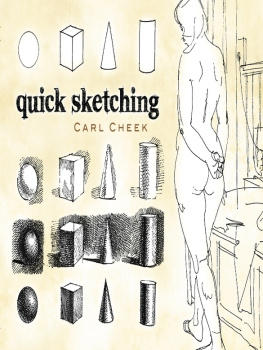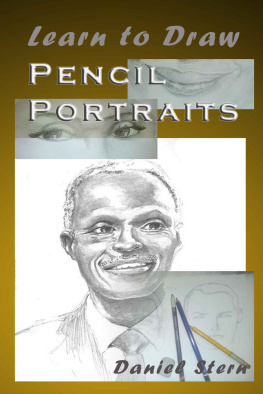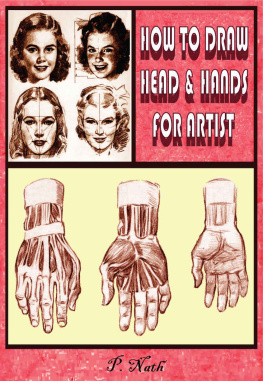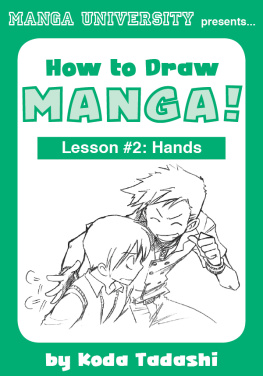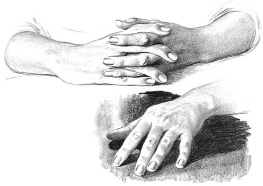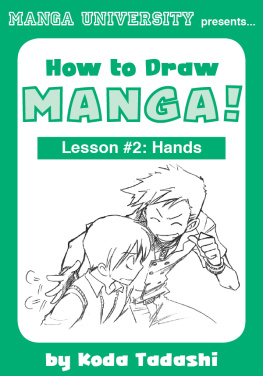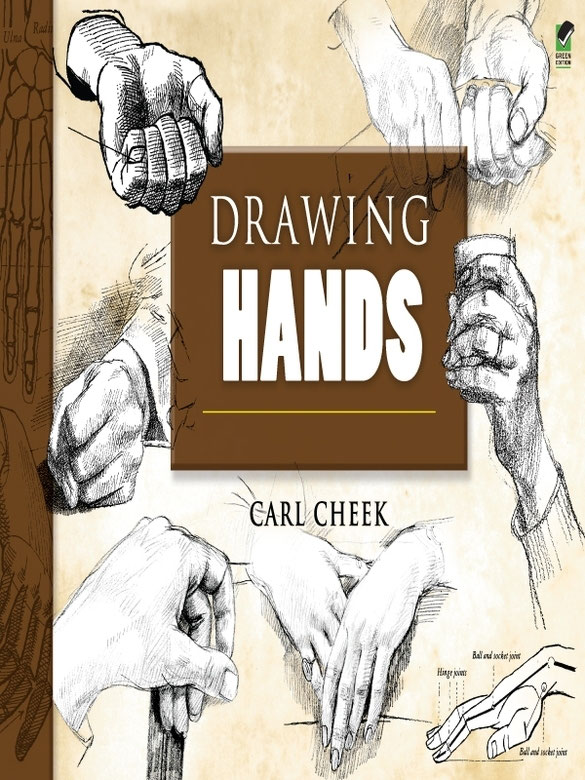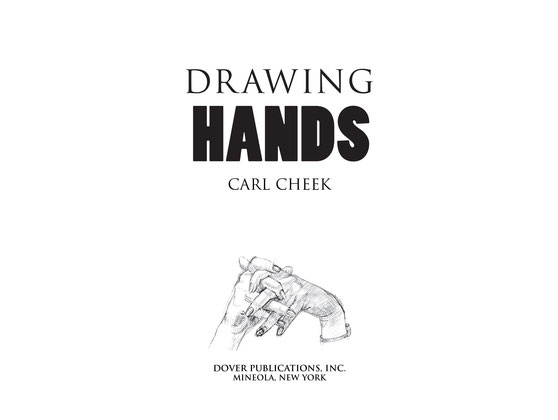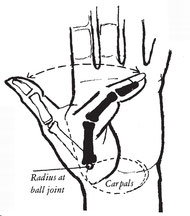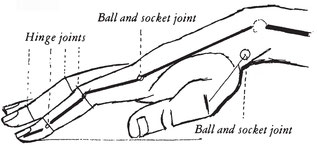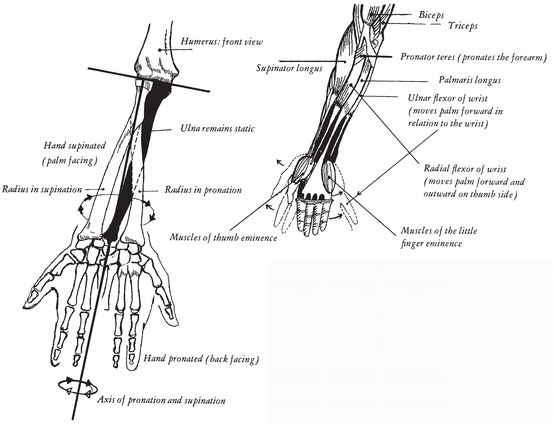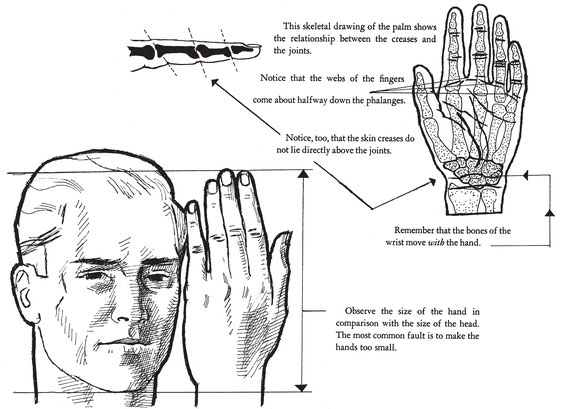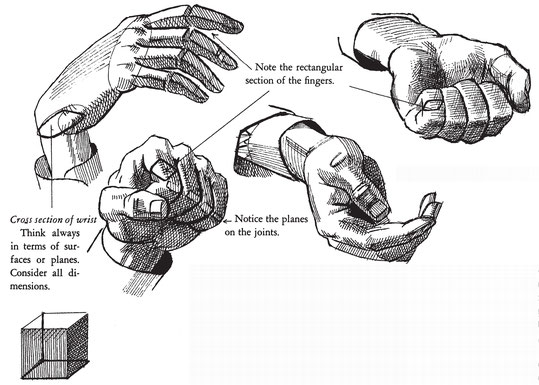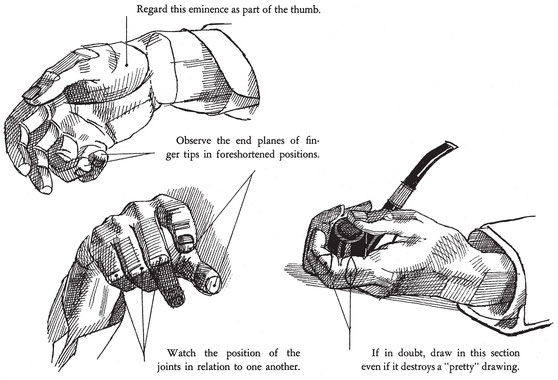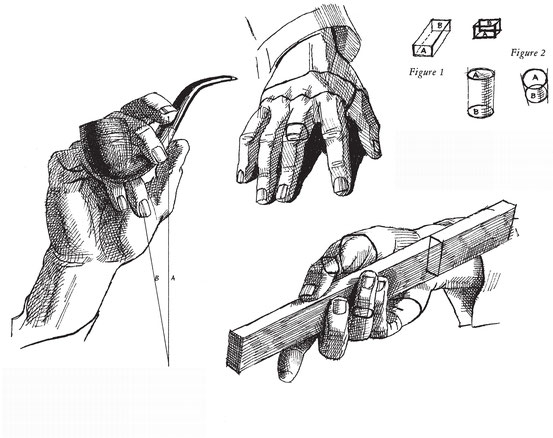At Dover Publications were committed to producing books in an earth-friendly manner and to helping our customers make greener choices.
Manufacturing books in the United States ensures compliance with strict environmental laws and eliminates the need for international freight shipping, a major contributor to global air pollution. And printing on recycled paper helps minimize our consumption of trees, water and fossil fuels. The text of this book was printed on paper made with 50% post-consumer waste and the cover was printed on paper made with 10% post-consumer waste. At Dover, we use Environmental Defenses Paper Calculator to measure the benefits of these choices, including: the number of trees saved, gallons of water conserved as well as air emissions and solid waste eliminated.
Please visit the product page for Drawing Hands at www.doverpublications.com to see a detailed account of the environmental savings weve achieved over the life of this book.
Bibliographical Note
This Dover edition, first published in 2008, is an unabridged republication of the work originally published by Pitman Publishing Corporation, New York, in 1959.
Library of Congress Cataloging-in-Publication Data Cheek, Carl.
Drawing hands / Carl Cheek.
p. cm.
Originally published: New York: Pitman Pub. Corp., 1959.
9780486141909
1. Hands in art. 2. DrawingTechnique. I. Title.
NC774.C47 2008
743.49dc22
2007041489
Manufactured in the United States by Courier Corporation
46597702
www.doverpublications.com
Table of Contents
INTRODUCTION
At the outset I should like to make clear the fact that there is no specific rule or formula for drawing any object and that the hand is no exception.
In view, however, of the complexity of form and movement inherent in hands, it is true that they do present many difficulties to the draughtsman and painter.
The achievement of fullness, variety and clarity at one and the same time is always a problem and particularly so, it seems, in dealing with the forms of the hand.
The fact that we are aware of being surrounded more often by clothed individuals than otherwise has led to our being almost as conditioned in our attitude to hands as we have become to the human face. They have come to be regarded as expressive features (emotive fragments) of the human being, subsidiary only to the face, and our incurious familiarity with them continually comes between us and any endeavor to view them in an objective or dispassionate manner.
It is then rather on account of their familiarity to us than the reverse that they are deserving if not demanding of separate study, and it is my hope that the following drawings, diagrams and text may be of real service and not merely an aid to the accumulation of a series of smart tricks to be applied mechanically.
When dealing with any of the forms in nature, and by that I mean everything around us, a process of rationalization takes place: We endeavor to reduce an object to simple understandable terms by considering its function and its component parts separately.
Such an element of analysis is present in every drawing of worth, although in the case of master drawings it is not always apparent, occurring, as it does, instinctively and almost at the moment of execution.
It should be borne in mind that although we shall be observing the nature of hands separately, it is important that we continually remind ourselves of the fact that they form a part only of a larger unitthe human figureand are only fully expressive when related to it.
BONE STRUCTURE
Diagram showing extent of thumb movement
Characteristic changes of axial direction at joints: side view
The following diagrams, though brief, show the main bone and muscle patterns as simply as possible with the minimum of text.
The information given here may be easily augmented by reference to standard works on anatomy should the reader wish to pursue the subject to a further stage.
It should be remembered that the main muscles for flexing and extending the hand and fingers are situated in the forearm: those for flexing on the palm-side of the arm and those for extending on the elbow-side.
Keep in mind, too, that the carpal or wrist bones move in unison with and as part of the hand against the radius and ulna.
At all times notice that the palm-side of the hand is padded and fleshy in comparison with the back of the hand where the bones lie just under the surface.
This skeletal drawing of the palm shows the relationship between the creases and the joints.
SIMPLIFIED CONSTRUCTION
Think always in terms of surfaces or planes. Consider all dimensions.
Here I have drawn a series of hands in different positions in what can be called a three-dimensional diagram form. That is to say that only the simplest surfaces or planes have been employed in building up the structure.
This type of drawing by means of basic solid geometry forms is very valuable in developing a feeling for essentials and may be profitably used as a preliminary probe when you are faced with complexities which might otherwise appear insoluble.
Notice the relative absence of curved planes. In simplified constructions as contrasted with finished drawings nearly all the surfaces meet at a definite angle. This is to remind ourselves that everything, no matter what, has front, back, sides, top, and bottom.
Use this diagram form before beginning any drawing, but keep it separate and do not attempt to superimpose the finished drawing over it.
Think always of the structure and never merely of the silhouette. Only in this way will you learn to draw with expressiveness.
Next page

